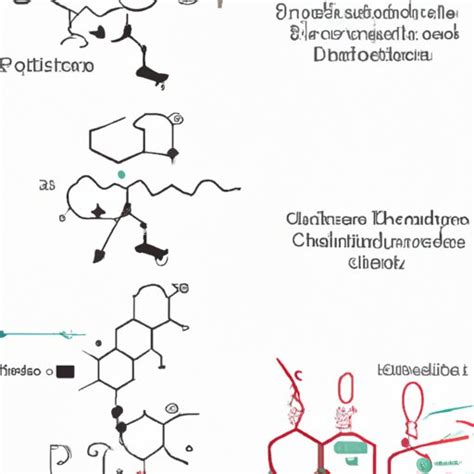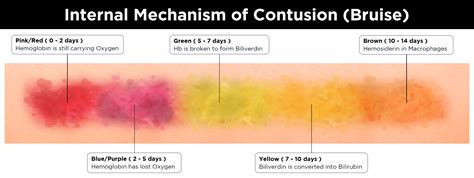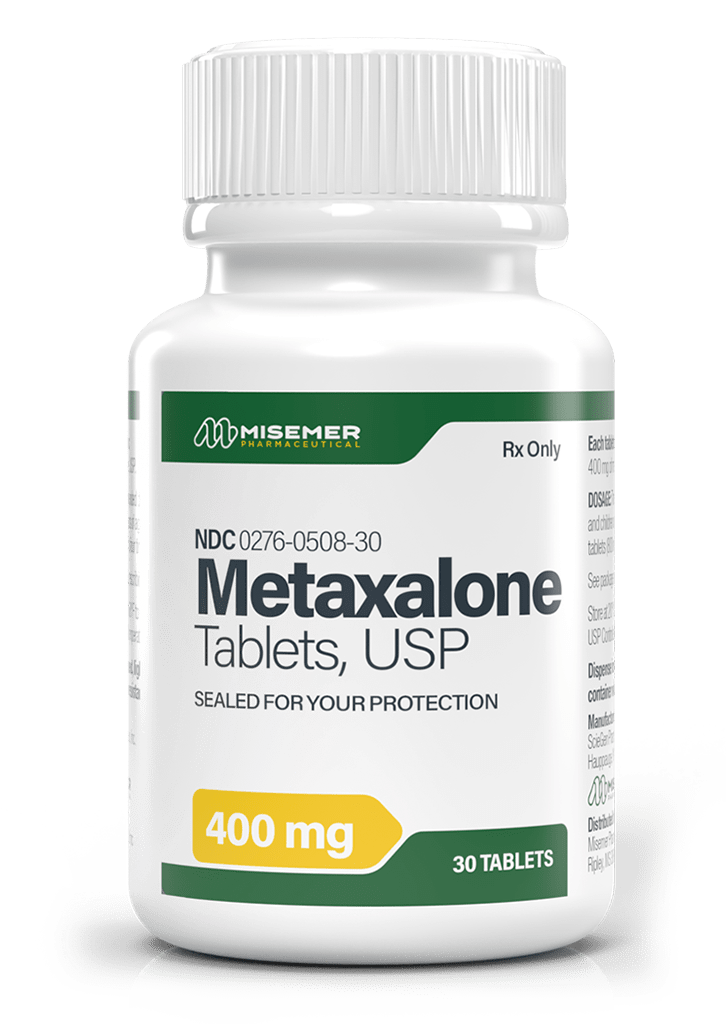Doxycycline is a type of antibiotic known as a tetracycline, which has been widely used for decades to treat various bacterial infections. Its effectiveness stems from its ability to inhibit protein synthesis in bacteria, ultimately leading to the death of the bacterial cells. To understand how doxycycline works, it’s essential to delve into the details of its mechanism of action, its pharmacokinetics, and the types of infections it is used to treat.
Mechanism of Action
The primary mechanism through which doxycycline exerts its antibacterial effects is by binding to the 30S subunit of the bacterial ribosome. The ribosome is crucial for protein synthesis, the process by which cells create proteins. By binding to the ribosome, doxycycline prevents the aminoacyl-tRNA from binding to the A site of the ribosome. As a result, the addition of new amino acids to the growing peptide chain is blocked, and protein synthesis is inhibited. This action is bacteriostatic, meaning it stops the growth and multiplication of bacteria rather than directly killing them.
Pharmacokinetics
Doxycycline is well absorbed after oral administration, with almost 80% bioavailability. It is distributed widely throughout the body, including into the cerebrospinal fluid, which makes it effective against infections of the central nervous system. Doxycycline is metabolized by the liver and excreted via the kidneys and feces. Its half-life is approximately 18-22 hours, which allows for once-daily dosing in many cases.
Spectrum of Activity
Doxycycline has a broad spectrum of activity against a wide range of bacteria, including both Gram-positive and Gram-negative organisms. It is particularly effective against:
- Acne-causing bacteria: Doxycycline is commonly used to treat moderate to severe acne by reducing the population of Propionibacterium acnes, the bacteria that cause acne.
- Lyme disease: It is the first-line treatment for early stages of Lyme disease, caused by Borrelia burgdorferi.
- Sexually transmitted infections (STIs): Doxycycline is used to treat chlamydia, syphilis, and other STIs.
- Tick-borne illnesses: Besides Lyme disease, doxycycline is effective against other tick-borne pathogens such as Ehrlichia and Anaplasma.
- Periodontitis: Doxycycline, in its various forms (including a local delivery system), is used in the treatment of periodontitis to reduce the pocket depth and reduce the bacterial load.
Resistance and Side Effects
Like all antibiotics, the overuse or misuse of doxycycline can lead to the development of antibiotic resistance. It’s crucial to use doxycycline only under the guidance of a healthcare provider and to complete the full course of treatment as directed. Common side effects include gastrointestinal upset, photosensitivity (increased risk of sunburn), and esophageal irritation. Rare but serious side effects can include severe skin reactions, Clostridioides difficile-associated diarrhea, and liver damage.
Future Prospects
Research continues into the broader applications of doxycycline, including its potential use in the treatment of conditions not traditionally associated with bacterial infections, such as certain types of cancer and neurodegenerative diseases. The drug’s ability to modulate the immune response and inhibit matrix metalloproteinases (involved in tissue remodeling and disease progression) suggests it may have therapeutic roles beyond its antibacterial properties.
Conclusion
Doxycycline’s efficacy, safety profile, and broad spectrum of activity have made it a cornerstone in the treatment of various bacterial infections. Its mechanism of action, pharmacokinetic properties, and clinical applications underscore its value as a therapeutic agent. However, like all antibiotics, its use must be judicious and guided by principles of antimicrobial stewardship to mitigate the risk of resistance and ensure its continued effectiveness.
What is the primary mechanism of action of doxycycline?
+Doxycycline works by binding to the 30S subunit of the bacterial ribosome, preventing the aminoacyl-tRNA from binding to the A site of the ribosome, and thus inhibiting protein synthesis in bacteria.
What types of infections is doxycycline commonly used to treat?
+Doxycycline is used to treat a variety of infections including acne, Lyme disease, sexually transmitted infections, tick-borne illnesses, and periodontitis.
How should doxycycline be taken to minimize side effects?
+To minimize side effects, doxycycline should be taken with plenty of water, preferably while standing or sitting upright to reduce the risk of esophageal irritation. Avoid taking it with milk or other dairy products as they can reduce its absorption.



